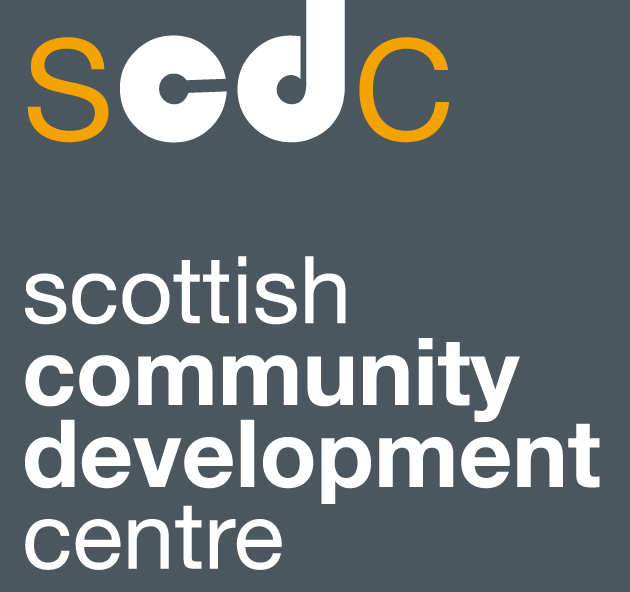Innovation led by communities
/Note: this section relates to q8 in the DM2 consultation
Innovation is closely related to influence and intervention, with more of an emphasis on communities managing and delivering services and amenities. For this to happen, the following changes need to be made:
Increased support for communities and service providers to co-produce services.
A stronger focus from Scottish Government and other funders on funding partnership between public services and communities to enable more and better dovetailing of projects.
Well-funded local community development support, to support communities when they need it is key to build on their assets and strengths and take forward their own ideas. This support could be provided by the public, voluntary or independent community sector or a combination of these. Crucially, however, it should be accountable to local communities for its focus and methods and budgeted for separately from front-line service delivery.
Social enterprise development support in response to need and where appropriate.
Communities should be assisted to carefully think through the pros and cons of taking on assets and the delivery of services and to explore all options for increasing community control not just community ownership. Community development support will be essential to help groups to engage with their wider communities to ensure there is adequate awareness, understanding and support, and also so that the group considers the impact of asset ownership and service delivery on equality and inequality. Technical and financial support needs to be available to understand, for example, if the running and maintenance of an asset is likely to require more work and resources than a community group has available.
Where communities do take over assets and the delivery of services, it is worth considering how the work of scrutiny bodies such as Audit Scotland could play a role. Public services delivered by community organisations, for instance via contracts, may still involve public services including those with a statutory basis. Communities and service users have the right to expect a high standard of delivery. The empowerment principles developed by Audit Scotland could provide guidance to community organisations delivering services and, in future, there could be a place for scrutiny and inspection. This should be in the spirit of improvement rather than chastisement.
Building on this, protection should be in place so that communities are able to incrementally test viability of community-led delivery or revert to previous arrangements for service delivery and asset management in some circumstances where innovation doesn’t work out and the services are still deemed to be core to community needs. The purpose of democratic reform and community empowerment is to improve long-term outcomes for communities (there are links here with the recent Scottish Government consultation on Wellbeing and Sustainable Development). There is also a basic principle in place that public services are owned by the people in Scotland, not public agencies or whoever is given the responsibility of running them. Leaving communities to pick up the pieces when things don’t go to plan works directly counter to these aims and principles. For the same reasons, it is important that vital core services are retained by public bodies such as community safety and child protection. Safety or interest tests should be carried out, both in the development of legislation and, post-legislation, at a local level, to ensure that services which are vital to ensuring the protection and safety of all communities are not undermined.
Another way of framing the above caveats (contained in the previous three bullet points) is that checks and balances should be in place to help ensure innovation, where it fails (and a level of failure must be accepted when trying new ideas out), does not lead to adverse impact on communities, such as failure to protect vulnerable groups and the widening of inequalities. Checks should include that: proper engagement and informed dialogue has taken place with potentially affected communities; equality impact assessments have taken place; communication (both online and offline) has been good and that risk assessments have been completed. Checks and balances should not be overly burdensome, and support should be in place to ensure community organisations can meet any requirements.

